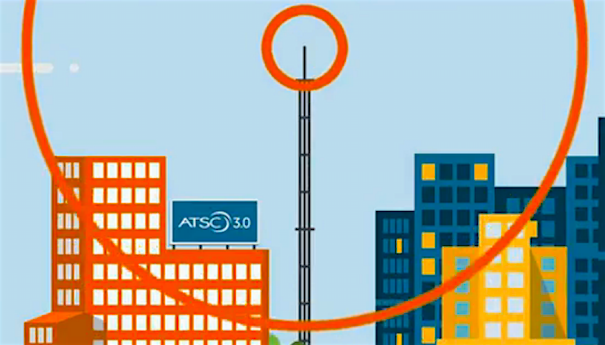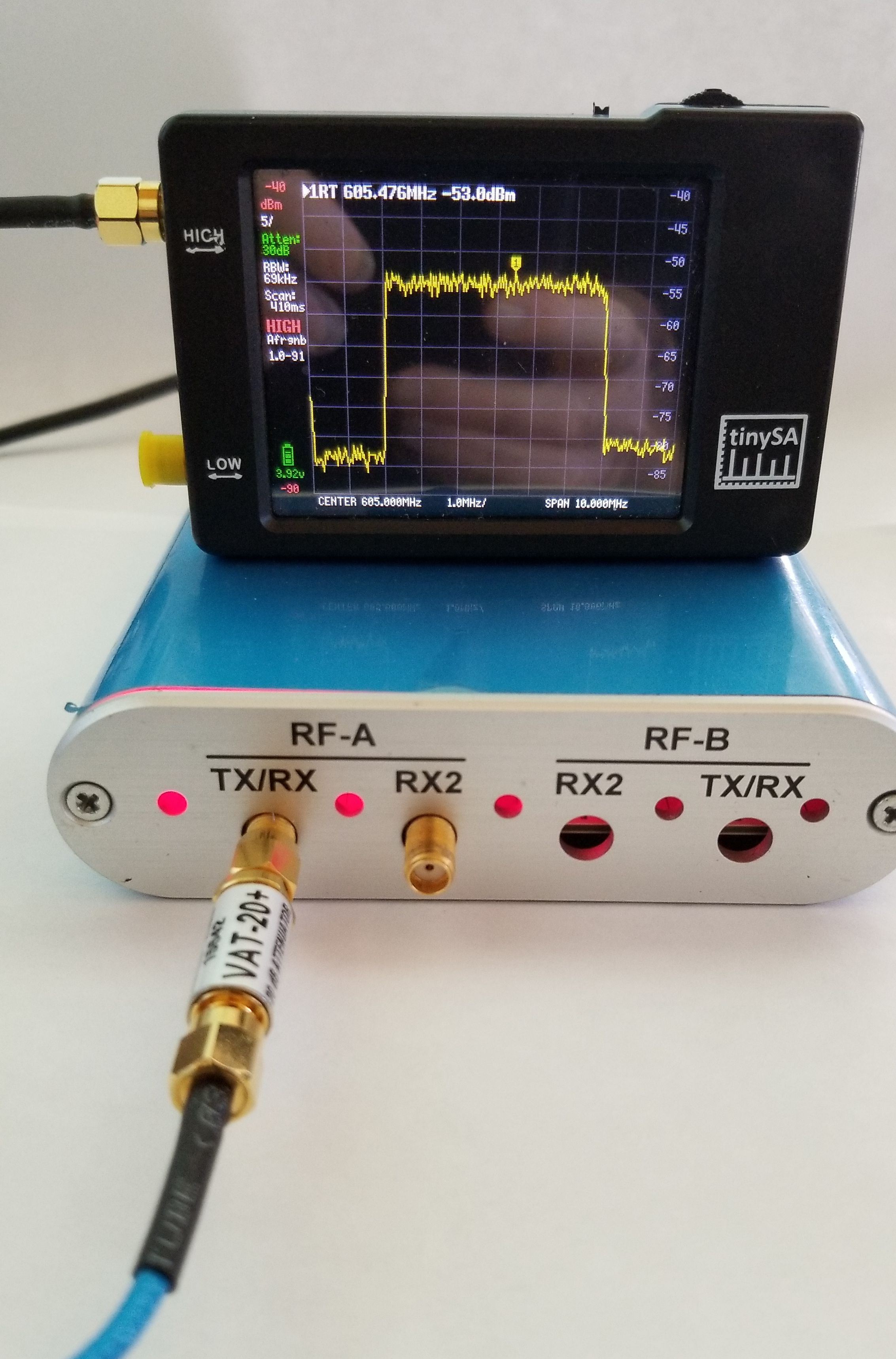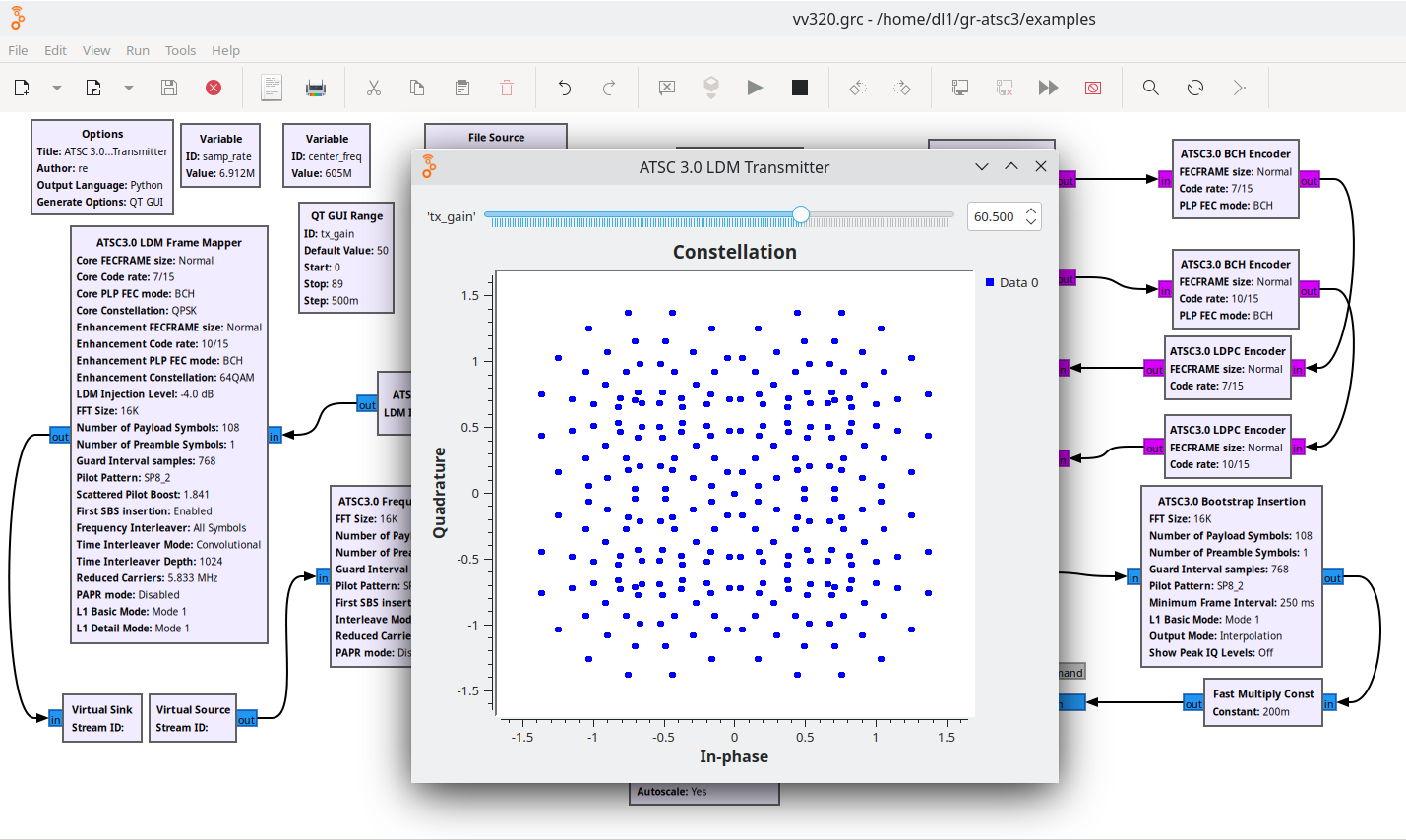Learning About ATSC 3.0—On the Web or On the Bench
Valuable resources to get you started on your NextGen TV journey

In my last column I took a look at the future of ATSC 3.0 broadcasting. This month I’ll talk about resources to learn more about ATSC 3.0 and revisit 5G broadcast.
Early in the development of the standard, I wrote about how ATSC 3.0 works by explaining how guard intervals protect data from multipath, describing tools for calculating the tradeoffs between robustness and data capacity, exploring layered division multiplexing, and discussing the basics of OFDM (orthogonal frequency division multiplexing).
Rather than repeat myself, I’ll share some websites and tutorials for more detailed, up-to-date and practical knowledge about ATSC 3.0.
On the Web
The Pearl NextGen TV “Host Station Manual” describes how to begin broadcasting ATSC 3.0, from program delivery to transmission. This guide has been used to successfully launch many of the ATSC 3.0 stations on the air today. The Pearl TV website also includes webinars on launching ATSC 3.0 that are available on request to broadcasters.
For more in-depth technical information, SBE offers on-demand tutorials for SBE members. Members may also want to consider certification as an ATSC3 specialist.
The ATSC 3.0 standard is very complex. If you want to understand the intricate details on how ATSC 3.0 works, dig into the ATSC 3.0 Technical Documents on the ATSC website for standards and recommended practices.
ATSC 3.0 Recommended Practices lists documents dealing with ATSC 3.0 Field Tests (A/326), Guidelines for the Physical Layer (A/327) and more. The Physical Layer Guidelines (A/327) provides an excellent overview of how the ATSC 3.0 signal is generated and the trade-offs between different physical layer parameters.
Visit the ATSC Implementation Guide: Emissions Testing Process for a checklist for ensuring ATSC 3.0 transmissions are functional and steps for dealing with receiver interoperability issues.
With Your Transmitter
After learning how ATSC 3.0 signals are generated and about the different options for modulation and coding, you may want to do some experiments to see how they work.
Experimenting with an on-air ATSC 3.0 station broadcasting the signals from multiple stations will likely be frowned upon. The solution is to set up your own ATSC 3.0 lab. This can be done using the Dektec DTU-315 USB-3 all-standard, all-band modulator or similar devices as I described in previous columns but there is a lower cost option for experimenters, albeit with some major compromises.

Ron Economos, aka “drmpeg” researched the ATSC 3.0 standards and documents and built an ATSC 3.0 transmitter with a software-defined radio. I know it works because I was able to generate an ATSC 3.0 signal with his GNU Radio software and my Ettus B200 SDR and receive it on my HDHomerun ATSC 3.0 tuner. If the Ettus B200 is not available or too expensive, Chinese clones are available on aliexpress.com for under $600 and claim compatibility. Other lower-cost SDRs may also work with modification of the GNU Radio Companion flow graph.

Ron’s github site has the software and some test streams. The software includes an option to add a second PLP using LDM. I had no problem getting that to work. As configured, the SDR will transmit on 429 MHz, or cable Channel 58. It can be changed to any frequency in the B200’s range. View the signal with the HDHomerun ATSC 3.0 receiver and the “hdhomerun_config” and “hdhomerun_config_gui” programs. Step-by-step details on how I installed it on my Fedora 36 Linux laptop are in the winter edition (2022–2023) of the IEEE Broadcast Technology magazine.
In the version I tested in December 2022, the software does not transmit LLS, which provides the signaling necessary for a receiver to recognize the signal, and it uses ATSC 1.0-formatted transport stream packets. It won’t work on TV receivers looking for the LLS and IP packets. The HDHomerun won’t find the signal in a channel scan but can be manually tuned.
If you have access to an MPEG-2 or MPEG-4 encoder that can add the basic ATSC 1.0 PMT and PID information, you can create your own ATSC 1.0 transport stream files. There should be a way to generate a compatible transport stream multiplex in software with gstreamer or ffmpeg but I haven’t found any examples on how to add the PMT and PID tables.
At some point, after I add a Morse code IDer or figure out how to create a program stream with my ham call sign on it, I may hook this up to my outdoor discone antenna and see what the coverage looks like with a few milliwatts of ATSC 3.0.
I’m especially interested in seeing how well the LDM robust layer works. While the SDR transmitter is based on the A/322 standard, using it with a full-power or Class A TV station probably isn’t legal, at least in the spirit of the law, as it won’t be compatible with existing ATSC 3.0 receiver designs. LPTV stations may have more flexibility in this area. Take a close look at the FCC rules and don’t forget the signal will have to meet FCC emission mask requirements.
If you want to learn more about ATSC 3.0 inner workings, adding LLS and IP input capability (at least STL-TP input) to the program would be a great contribution.
ATSC 3.0 and 5G
In my last column I mentioned work being done by Rohde and Schwarz and Qualcomm on broadcasting content using 5G (3GPP) standards on UHF TV stations.
I was overly optimistic about the ability of a TV station to transmit both an ATSC 3.0 A/322-compatible signal and a 5G broadcast signal on the same channel at the same time. Rohde and Schwarz has been participating in 5G broadcast demos at events such as IBC and Mobile World Congress so I asked them about this.
The company said none of their tests have involved such a combination and while it is possible in a test bed configuration, such a combination is not currently supported by 5G broadcast and is not likely to be in the near future. These are two distinct and different physical layers.
Qualcomm has been working to include 5G broadcast in its latest RF modem chips. The Qualcomm vision is outlined on its website, which had this comment on the 3GPP Release 16 enhanced TV standard: “It can be deployed in existing UHF spectrum (i.e., 470 to 698 MHz) that broadcasters already own or have access to, and its design allows the reuse of existing cellular modem building blocks.” More support for standalone 5G enhanced broadcast is planned for 3GPP Release 17 and 18 standards.
If a system isn’t available that allows use of a channel for both ATSC 3.0 and 5G standalone broadcast, then at a minimum the FCC would have to eliminate the requirement for compliance with ATSC A/322 and any simulcast requirements before it could begin in the United States. It may be possible for LPTV stations to transmit 5G broadcast signals but depending on the characteristics of the signal, that might require a waiver.
Over the next few years, if 5G broadcast is deployed on UHF TV stations it will be interesting to see its impact on free over-the-air TV and today’s TV broadcast system.
I welcome your comments, questions, and observations on the future of broadcast TV. Email me at dlung@transmitter.com.
Get the TV Tech Newsletter
The professional video industry's #1 source for news, trends and product and tech information. Sign up below.

Doug Lung is one of America's foremost authorities on broadcast RF technology. As vice president of Broadcast Technology for NBCUniversal Local, H. Douglas Lung leads NBC and Telemundo-owned stations’ RF and transmission affairs, including microwave, radars, satellite uplinks, and FCC technical filings. Beginning his career in 1976 at KSCI in Los Angeles, Lung has nearly 50 years of experience in broadcast television engineering. Beginning in 1985, he led the engineering department for what was to become the Telemundo network and station group, assisting in the design, construction and installation of the company’s broadcast and cable facilities. Other projects include work on the launch of Hawaii’s first UHF TV station, the rollout and testing of the ATSC mobile-handheld standard, and software development related to the incentive auction TV spectrum repack. A longtime columnist for TV Technology, Doug is also a regular contributor to IEEE Broadcast Technology. He is the recipient of the 2023 NAB Television Engineering Award. He also received a Tech Leadership Award from TV Tech publisher Future plc in 2021 and is a member of the IEEE Broadcast Technology Society and the Society of Broadcast Engineers.
